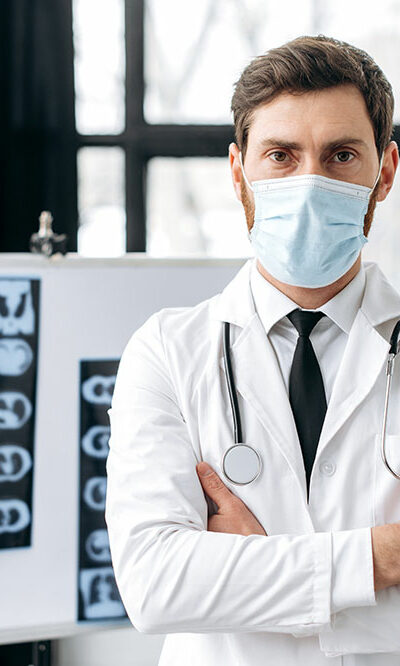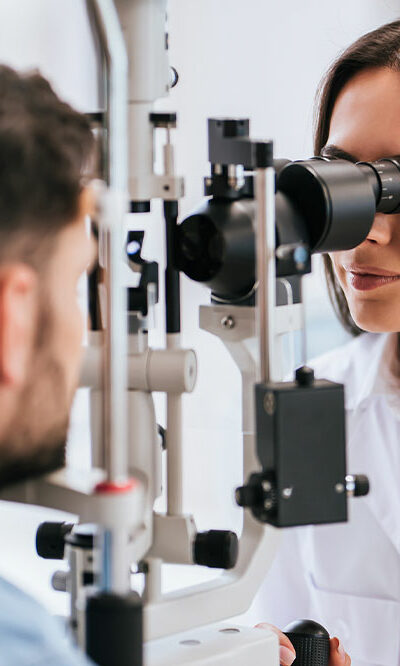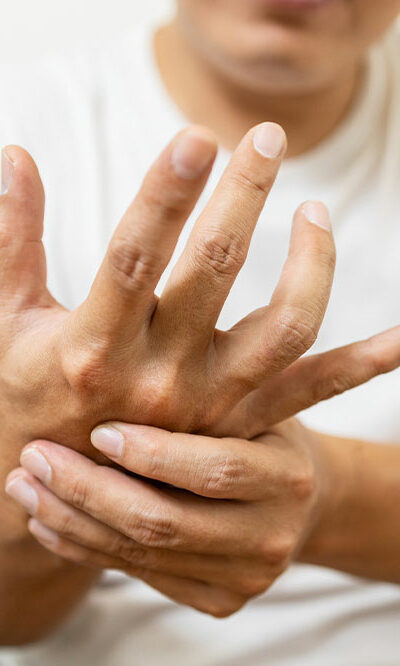
7 signs of a weakened immune system
The immune system acts as the body’s defense against bacteria, viruses, and other infections. Apart from this, its main tasks are to recognize and neutralize harmful substances from the environment and fight any abnormal cell formation in the body, such as cancer. The immune system also makes antibodies against germs it has previously come in contact with to keep one healthy. Here are some signs of a weak immune system: Extremely high-stress levels Reports by the American Psychological Association suggest that long-term stress has been linked to reduced immunity levels. This is because stress affects the lymphocytes (white blood cells) in the body, making one more vulnerable to viruses and infections. Constant colds As an adult, it is normal to contract two to three colds per year. These may last for 7-10 days. However, when one experiences a cold that just won’t go away, it may be a sign that they are immuno-compromised or have a weakened immune system. Stomach problems Frequently occurring gas, diarrhea, or constipation could also be a sign of a weakened immune system. According to certain research, approximately 70 percent of the immune system is located around the digestive tract. When this is compromised, it makes one more susceptible to inflammation and diseases. Slow-healing wounds Another tell-tale sign of a weakened immune system is that wounds don’t heal as quickly as they should. This occurs due to the lack of healthy immune cells in the body. Frequent infections Dealing with the following infections recurrently may be a sign of a weakened immune system, according to the American Academy of Allergy, Asthma, and Immunology: Having more than four ear infections in a year Developing pneumonia twice within a year Suffering from chronic sinusitis or more than three episodes of bacterial sinusitis a year. Fatigue A compromised immune system may cause one to feel tired and sluggish despite getting the right amount of sleep and nutrition.










